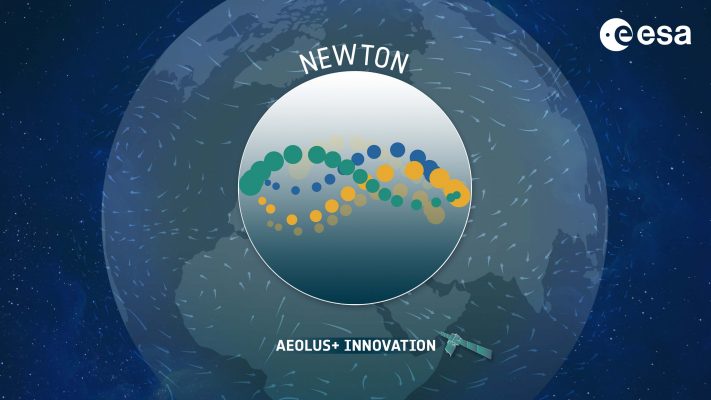
NATIONAL OBSERVATORY OF ATHENS (GR)
Windblown dust plays a key role in the Earth system, affecting climate, marine and terrestrial ecosystems, anthropogenic activities as well as humans’ health. Winds, acting as the main driving force of dust emission determine also the spatiotemporal evolution of dust plumes during transport. The proposed study, entitled NEWTON, aims to demonstrate the potential improvement of short-term dust forecasts when the numerical simulations are initialized from meteorological fields in which Aeolus observations have been assimilated. To realize the overarching objective of NEWTON, regional dust simulations initialized with ECMWF numerical outputs, will be performed for specific regions of the planet, i.e. West Sahara-Tropical Atlantic Ocean and Eastern Mediterranean. The regional modelling approach will rely on the WRF model, in which critical developments have been implemented. These upgrades have been driven by recent studies, relying on advanced observations revealing that mineral particles are not appropriately treated in the current state-of-the-art atmospheric-dust models.
In a nutshell, the NEWTON project aims to:
The impact of using assimilated Aeolus wind data on regional WRF-Chem dust simulations
Atmospheric Chemistry and Physics (2023)
Atmospheric Measurement Techniques (2023)
Aeolus winds impact on volcanic ash early warning systems for aviation
Nature Scientific Reports (2023)